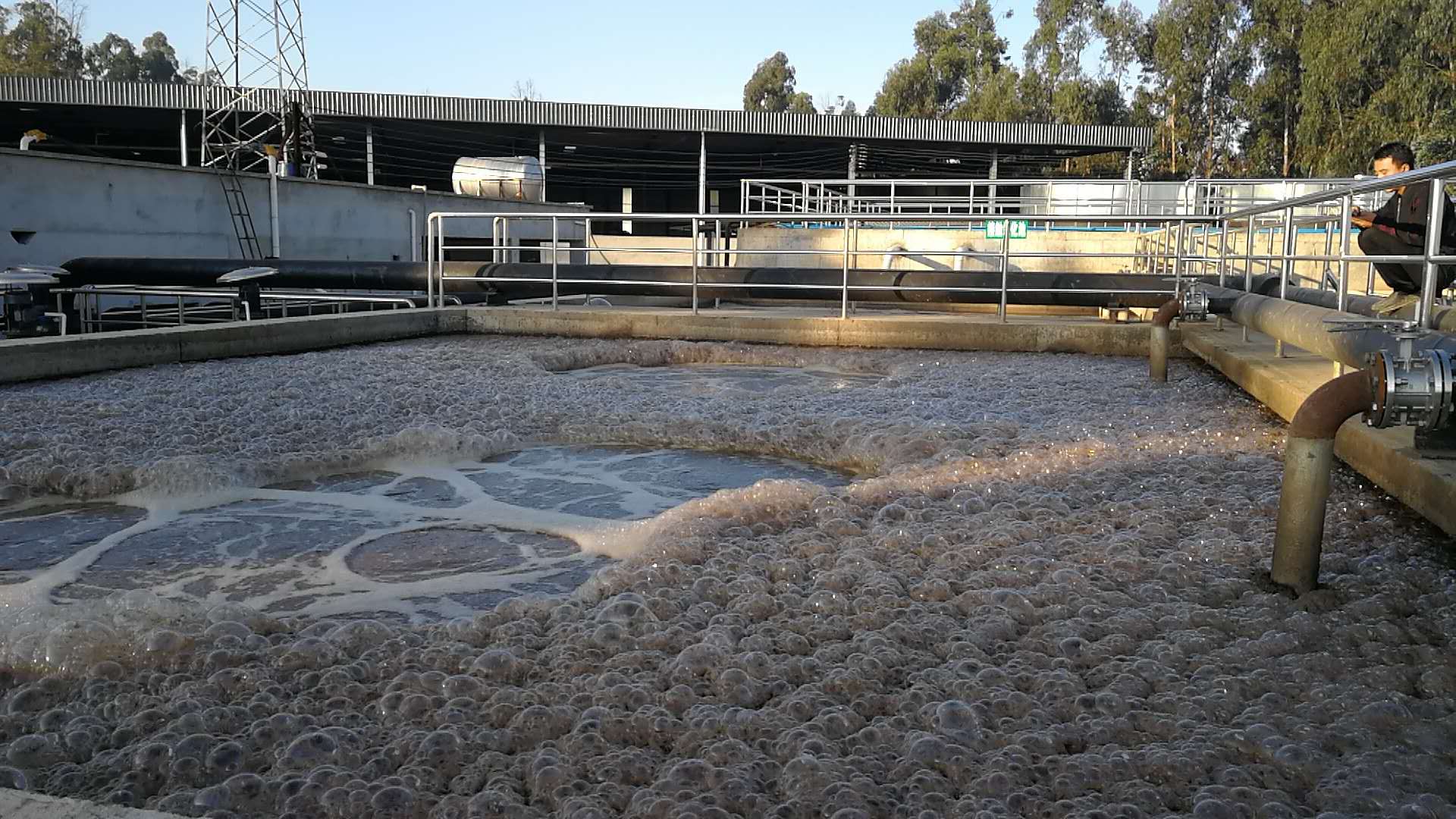Per- and poly-fluoroalkyl substances (PFAS) belong to a group of synthetic chemicals with fluorinated aliphatic structures. These compounds emerged in commercial production during the 1950s. PFAS are widely utilized across over 200 categories and subcategories in consumer, commercial, and industrial products or processes.
Their exceptional resistance to water, oil, chemicals, and heat has led to their extensive application in various industries. Their usage includes fire-fighting foam, textiles and apparel, electroplating, and ammunition. However, due to their unique molecular composition and the strong C-F bonds, PFAS exhibit high persistence in the environment and are resistant to conventional biologic and abiotic water/wastewater treatment methods. Consequently, PFAS have been frequently detected in different environmental media which including water.
Extensive research on PFAS has revealed an increasing body of toxicological data that links exposure to these substances with numerous adverse health effects. Some of these effects include liver and immune system damage, birth defects, and delayed development. Despite their potential risks, landfills have been the primary long-term disposal sites for solid waste generated from residential, commercial, and industrial sources over the past several decades. Not surprisingly, PFAS have been widely detected in active and historical landfills, as they persist in the environment and accumulate over time.
The global concern surrounding the widespread presence of per- and polyfluoroalkyl substances (PFAS), especially in aquatic environments, has prompted the need for effective treatment methods. PFAS originate from various sources such as the use of aqueous film-forming foam (AFFF), industrial releases, landfilling of PFAS-containing waste, and atmospheric deposition.
The breakdown of less mobile perfluoroalkyl acid (PFAA) precursor compounds leads to the accumulation of mobile short-chain PFAS. Short-chain perfluoroalkyl carboxylic acids (PFCA, CnF2n+1COOH) and perfluoroalkyl sulfonic acids (PFSA, CnF2n+1SO3H) are typically considered when the carbon chain lengths (n) are below seven and six, respectively. The adverse health effects of well-known PFAS compounds such as perfluorooctanoic acid (PFOA) and perfluorooctane sulfonic acid (PFOS) have been extensively documented, including disruptions to the thyroid hormone system, reduced immune function, and liver diseases.

PFAS, particularly PFAA, exhibit high resistance to chemical and biological degradation. Their high water solubility renders conventional wastewater treatment technologies ineffective in removing them. Consequently, reducing PFAS concentrations in contaminated water below guideline levels has proven to be exceptionally challenging.
To address these difficulties, a combination of multiple technologies in a treatment train approach is considered necessary for future PFAS mitigation. One promising approach involves combining a suitable preconcentration technology with on-site degradation technology to maximize treatment efficiency.
Foam fractionation (FF) is an example of a preconcentration technology that has been extensively studied for the treatment of PFAS-contaminated water. FF takes advantage of the surfactant properties of common PFAS by adsorbing these compounds onto rising air bubbles.
When the surfactant concentration in the water is sufficiently high, PFAS can be concentrated as foam at the water’s surface and subsequently subjected to further treatment. The resulting de-foamed effluent has significantly reduced PFAS concentrations and can either be discharged or undergo additional treatments. Compared to conventional preconcentration technologies like activated carbon adsorption or membrane filtration, FF offers advantages such as lower consumable usage and robustness against complex and variable water compositions. However, FF is less efficient for the removal of short-chain or non-amphiphilic PFAS since it primarily targets surface-active PFAS.
Electrochemical oxidation (EO) is a promising technology for treating the PFAS-enriched foam produced by FF. Although remediation companies have started commercially applying the FF-EO treatment train, systematic investigations and modeling studies in academic literature are lacking. EO, employing anodes with high O2 evolution overpotential, has proven successful in degrading inert organic water pollutants.
Boron-doped diamond (BDD) electrodes, known for their excellent mechanical, chemical, and thermal stability, as well as high electron transfer ability, are commonly used in EO studies. Laboratory-scale experiments have demonstrated effective PFAS degradation using BDD electrodes.
However, EO studies often utilize artificially increased PFAS concentrations in synthetic solutions, potentially overestimating treatment efficiency due to negligible matrix effects. Achieving high PFAS degradation in environmental matrices requires increasing the total energy density by either increasing the total current or extending the treatment time. The presence of organic matter, scavenging compounds, and inorganic salts can hinder efficient treatment. Switching from artificial to natural matrices has shown decreased treatment effectiveness, particularly for long-chain compounds and at high chemical oxygen demand (COD) concentrations under current limiting conditions.
A novel approach for the remediation of PFAS-contaminated water has been demonstrated through a practical treatment train, involving foam fractionation to concentrate PFAS from groundwater and landfill leachate, followed by electrochemical oxidation (EO) to degrade the PFAS.
This study employed an up-scaled experimental approach and comprehensive characterization techniques, including target analysis, PFAS sum parameters, and toxicity testing. The EO kinetics were accurately reproduced using a newly developed coupled numerical model. The designed treatment train achieved an average total PFAS degradation of 50%, with long-chain and short-chain PFAS degrading up to 86% and 31% respectively. Importantly, the treatment resulted in a reduction in the toxic potency of the water, as evidenced by transthyretin binding and bacterial bioluminescence bioassays. Additionally, the extractable organofluorine concentration in the water decreased by up to 44%. These significant findings enhance our understanding of a promising and practical approach for on-site remediation of PFAS-contaminated water.